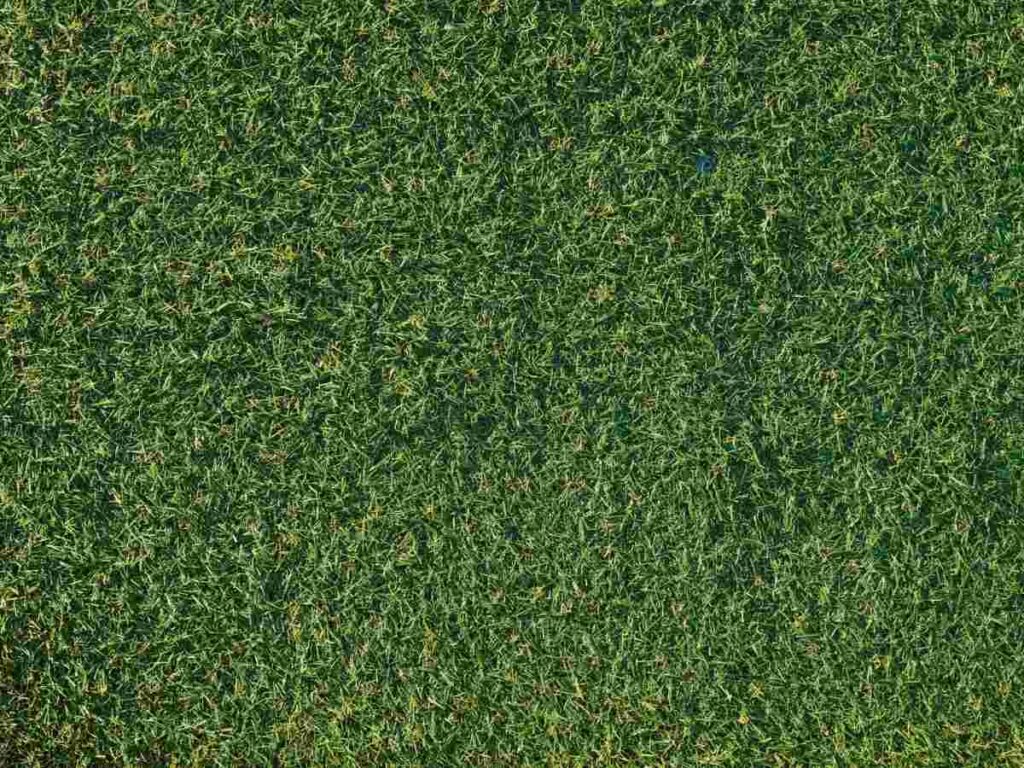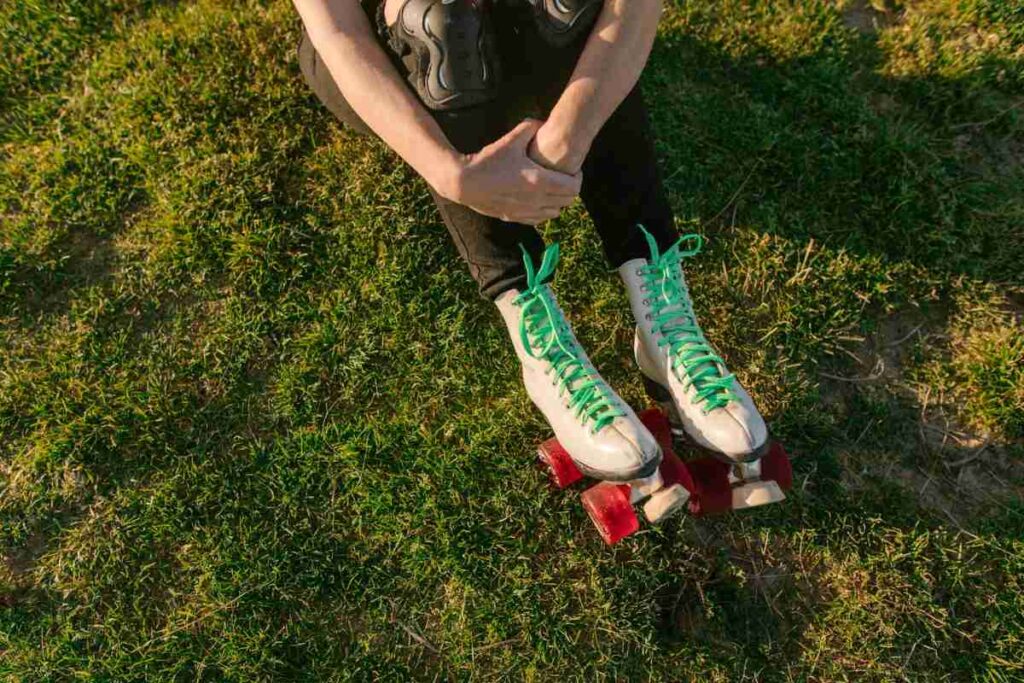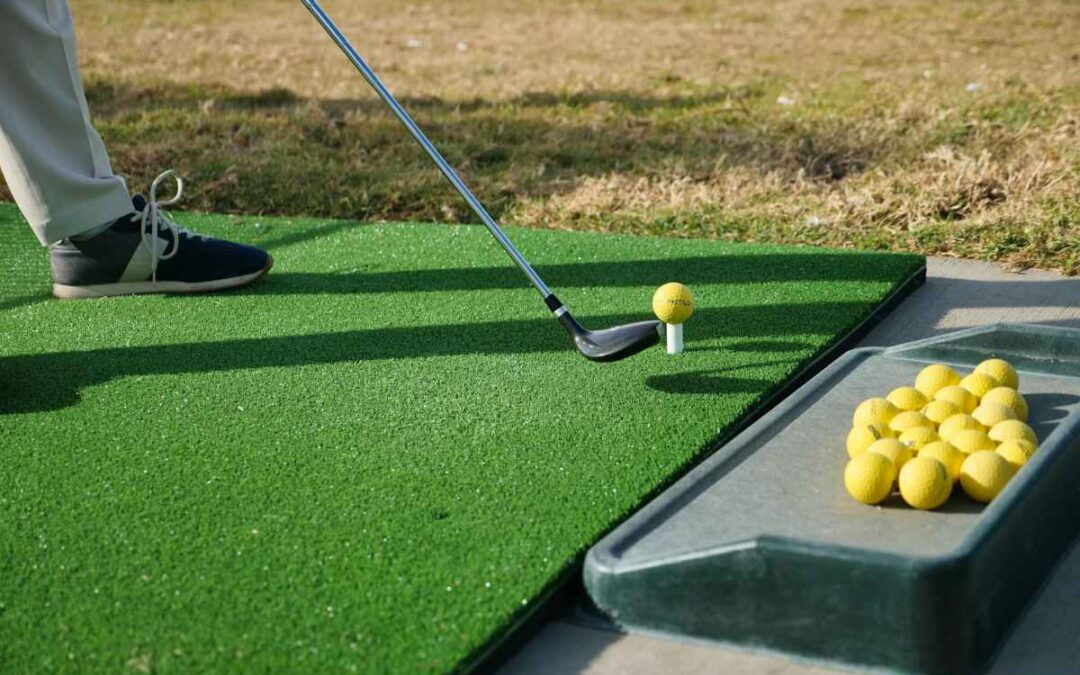Often viewed as a low-maintenance alternative to traditional grass, artificial turf has earned favor across various settings, from schools and universities to playgrounds, parks, commercial establishments, and even homes. With no need for water or fertilizers, it’s a convenient solution in drought-prone areas like California.
The state boasts over 900 synthetic turf sports fields, a small portion of the US’s overall demand for synthetic grass. Over the past five years, interest in artificial turf installation in California has surged by 1.5 times.
The $76.6 billion industry is fueled mainly by residential demand, a trend driven by tightening water restrictions and conservation efforts. More homeowners are turning to synthetic turf as a water-saving measure. However, the environmental and health impacts are often overlooked. What is seemingly a great solution to drought-stricken areas has long-term adverse effects, making it worth a second thought.
What is Artificial Turf?
Artificial turf is a multi-layer product used as a surface in various settings, including golf courses, athletic fields, playgrounds, and residential lawns. It primarily consists of the following components:
• Plastic grass blades: The top layer, usually made of nylon, polypropylene, or polyethylene, mimics the appearance of natural grass.
• Plastic backing: The layer to which the grass blades are sewn, providing structural support and keeping the grass upright.
• Infill: Commonly made of crumb rubber, made from recycled tires. It is widely used for its shock-absorbing properties.
• Drainage layer: Ensures proper water drainage to prevent pooling on the surface.

The Risks Associated with Artificial Turf
With an average lifespan of 10 years, these synthetic materials eventually require disposal, often ending up in landfills or incinerated. This disposal can release harmful chemicals into the environment, posing chemical exposure risks to the surroundings.
Exposure to Chemicals
Crumb rubber is one of the most studied synthetic turf materials due to its prevalence and potential risks. It contains various potentially harmful chemicals, raising significant health and environmental concerns.
These include carcinogenic heavy metals, such as zinc, arsenic, cadmium, and chromium; additionally, volatile organic compounds (VOCs) and semi-volatile organic compounds (SVOCs), such as benzothiazole, hexane, toluene, and formaldehyde, are present. These compounds are known respiratory irritants or asthma triggers.
Other harmful components include lead, styrene, polycyclic aromatic hydrocarbons (PAHs), phthalates, crystalline silica, latex, particulate matter, and per- and poly-fluoroalkyl substances (PFAS).
You can be exposed to these chemicals through inhalation, ingestion, and dermal contact during play on artificial turf fields. Potential health effects include respiratory issues, skin irritation, and long-term risks such as cancer.
The Dangers of PFAS
PFAS is a large, complex group of over 15,000 chemicals, commonly known as “forever chemicals.” PFAS chemicals are used in commercial products for their grease, water, and stain-resistant properties. Because of their large-scale use and persistence in the environment, they have become severe drinking water contaminants. These substances are predominantly present in the grass blades and some infill materials in artificial turf. Some research has found PFAS in water bodies neighboring artificial turf fields, suggesting that these chemicals can leach out and pollute the environment.
Studies are ongoing to determine whether PFAS or other chemicals from fake grass can enter human bodies during play and whether there are any associated health effects.
Other Concerns
Beyond chemical risks, there’s also the concern of high temperatures associated with artificial turf, as well as injuries and microplastic emissions.
Heat
Beyond chemical risks, there’s also the concern of high temperatures associated with artificial turf. It absorbs and retains heat, often reaching significantly higher temperatures than natural grass. On a 98-degree day, artificial turf has been documented to reach temperatures exceeding 200 degrees Fahrenheit. It creates potentially dangerous conditions for those using the turf, particularly on a hot day.
Injuries
The heightened temperatures of artificial turf fields increase the risk of skin burns and heat-related illnesses or injuries. Athletes playing on these surfaces are particularly prone to abrasions. The synthetic fibers can cause friction burns, and the high temperatures can lead to dehydration, heat exhaustion, or heat stroke.
Microplastics
Although designed to be long-lasting and durable, artificial turf breaks down over time into tiny pieces of plastic, known as microplastics. This degradation is caused by friction from constant use and exposure to the sun and environmental elements. These microplastics can migrate off the field, finding their way into the air, soil, and waterways. Microplastics in the environment are a growing concern, as they contribute to pollution and pose risks to wildlife and human health.
So, What Now?
In October 2023, California Governor Gavin Newsom signed a bill allowing local governments to ban synthetic grass in residential areas. This move reverses sections of a bill signed by then-governor Jerry Brown a decade ago, which prohibited cities and counties from banning synthetic grass. The law seemed sensible as the state grappled with a severe drought, and artificial lawns were considered water-conserving.
However, looks can be deceiving. While fake grass may look pristine and require no watering, it conceals several environmental and health risks. Foremost among these concerns are PFAS chemicals that are also linked to severe health issues such as kidney problems, cancer, and decreased immune system functions. These chemicals live up to their reputation as “forever chemicals,” being notoriously difficult to break down.
Much research is still needed to understand the effects of exposure to these chemicals fully. However, from a toxicity standpoint, real grass is a safer, more eco-friendly alternative. Although natural grass requires maintenance, it is far superior to artificial turf when prioritizing your health and safety.

Why Switch to Natural Grass
Switching from artificial turf to natural grass offers numerous environmental and health benefits. Natural grass supports local wildlife and pollinators, contributing positively to biodiversity and ecosystem health. It helps maintain soil health, reduces erosion, and promotes water infiltration, ensuring a sustainable and balanced environment. Unlike artificial turf, it absorbs carbon dioxide and releases oxygen, improving air quality and contributing to a healthier atmosphere.
Additionally, natural grass provides a safer surface for sports and recreational activities, reducing injury risks compared to artificial turf. It also has a cooling effect, lowering temperatures around your home and making outdoor spaces more enjoyable. The aesthetic appeal, sensory experience, and natural water filtration capabilities of natural grass further highlight its superiority over artificial alternatives. Overall, embracing natural grass is a choice that benefits both your immediate environment and the broader ecosystem.
How to Dispose of Artificial Turf in California
If you’re ready to make the switch, you should start by knowing how to dispose of your turf grass.
Landfill Disposal
Ensure your local landfill accepts synthetic materials. Follow their guidelines for proper disposal.
Recycling
Contact local recycling facilities to see if they accept synthetic turf for dismantling and repurposing, reducing its environmental impact.
Professional Removal Services
Opt for professional removal services to ensure your artificial turf is disposed of or recycled correctly, adhering to environmental regulations.
Manufacturer Take-Back Programs
Check with your turf provider to see if they offer a take-back program for recycling old turf.
Takeaway
The persistent use of artificial turf in California to conserve water brings a host of environmental and health concerns. From chemical exposure to heightened heat and the spread of microplastics, the impact of synthetic turf extends far beyond its initial installation. As awareness of these risks increases, it becomes crucial for communities to consider the long-term effects and explore safer, more sustainable alternatives like natural grass for recreational and landscaping needs.
